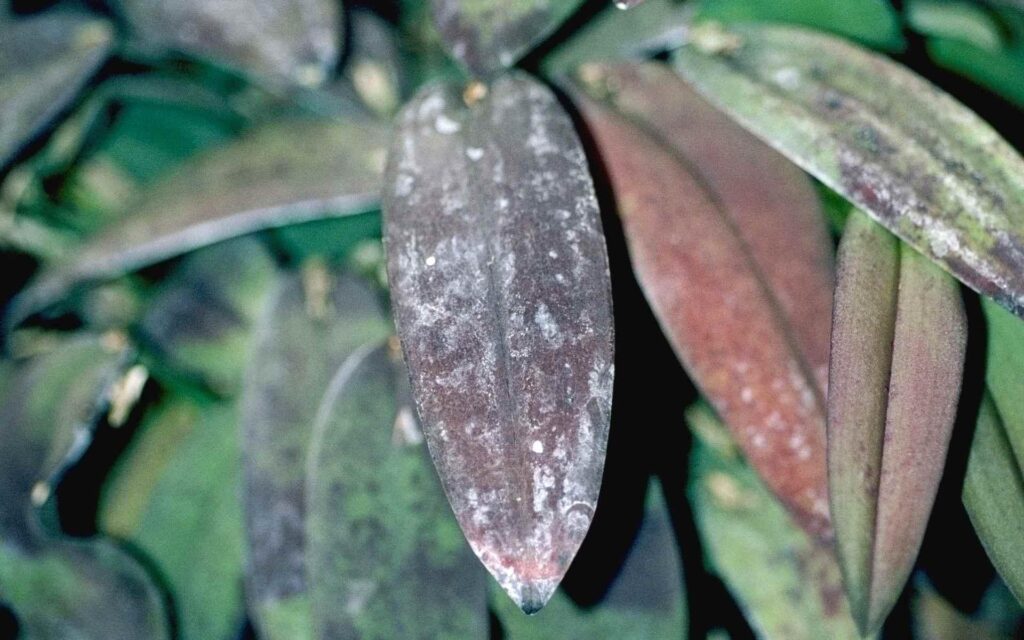Contents
Introduction: What is Limescale and How Does it Affect Plants?
Limescale is the accumulation of mineral salts and other chemical deposits on the surface of a water-containing vessel such as a plant pot. It is mainly caused by hard water.
Limescale can be harmful to plants because it may cause root rot, fungal diseases, and bacterial diseases. In order to prevent limescale from damaging your plants, you should use a lime scale remover regularly.
What are the Best Ways to Remove Limescale from Your Plants?
Limescale is a mineral deposit that is usually found on the leaves of plants. It can be an indication of a poor water quality and it can also cause plant death.
There are many ways to remove limescale from your plants, but they all depend on the type of limescale and the severity of its effects. The best way to get rid of limescale on plants is to use a solution like vinegar or baking soda.
The most important thing in removing limescale is patience and persistence.
Limescale is a common problem for many home and office plants. It is a highly corrosive substance that can cause damage to the leaves, stems, and roots of your plant.
There are a few ways to remove limescale from your plants. You can use baking soda and water solution or use vinegar solution.
Lime-A-Way is an organic, non-toxic, biodegradable solution that you can use to quickly and easily remove limescale from your plants.
You should thoroughly clean the potting soil of your plant with a solution of one part white vinegar and two parts water before adding new soil.
How to Remove Limescale from Your Plants
Limescale is a common problem for most homes and offices. It builds up on the surface of the water and in the soil, making it more difficult for plants to take in nutrients. Limescale can also cause mineral deficiencies in plants.
Limescale is caused by hard water, which is water containing dissolved minerals like calcium and magnesium. Hard water can be treated by adding a softener to your tap water or using bottled drinking water.
Limescale collects in the pores of leaves and stems. It can prevent water from reaching the plant’s roots, which can cause plants to wilt or die over time.
To remove limescale from plants, use a solution with a pH value between 6-7 to remove it.
Limescale is a type of mineral deposit that forms on the surface of water. It can occur in your home if you have hard water, or in your garden if you have hard water. It can also be caused by a buildup of lime scale inside the plant’s soil.
Limescale is not harmful to plants, but it does make them look dull and unsightly. There are many ways to remove limescale from your plants, so choose one that works for your time and budget.


